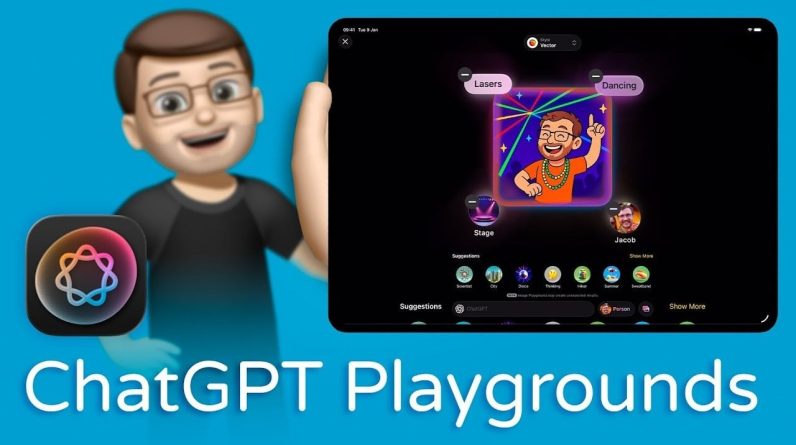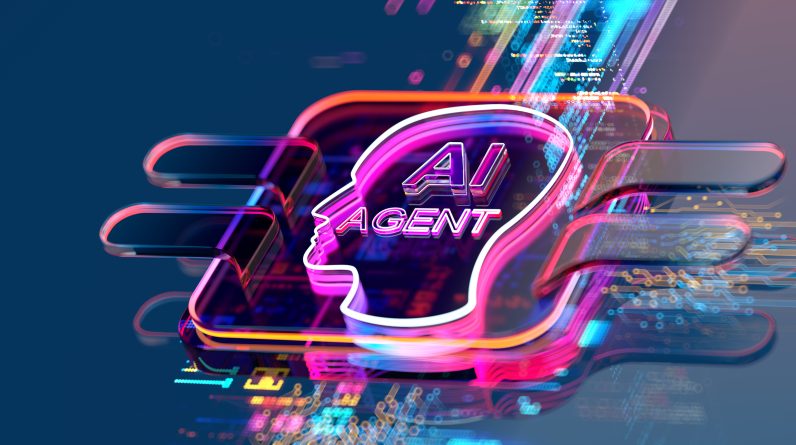
Generative AI has leapt from research labs into everyday life at an unprecedented pace. For many, the gateway into this technology is ChatGPT, a conversational AI that can answer questions, draft essays, debug code, and even mimic creative styles. As a result, “How to use ChatGPT” has become a popular starting point to explore Artificial Intelligence.
However, many learners stop at basic prompting skills, mistaking familiarity with a single tool for mastery of the broader discipline. The reality is that generative AI is not just about typing instructions into a chatbot; it’s about understanding the technology’s foundations, limitations, and applications in varied real-world contexts. Thus, training must go beyond tutorials.
Learning to prompt ChatGPT is like learning to use a search engine. It’s useful, but doesn’t equip you to create one. Generative AI is powered by large language models (LLMs) and other architectures such as diffusion models for images or transformers for audio. Understanding the mechanics of tokenisation, embeddings, and attention mechanisms unlocks the ability to customise, fine-tune, or integrate these models into domain-specific solutions.
Structured learning paths
Today’s industries are seeking professionals who can integrate AI into workflows using APIs, fine-tune models on proprietary data, implement guardrails for ethical and safe usage, and evaluate outputs for bias, accuracy, and compliance. These skills cannot be acquired through casual experimentation with a single chatbot. They require structured learning paths that combine theory, programming expertise, and practical projects.
In higher education, generative AI training should be embedded within broader academic and professional contexts. A Media and Communication major, for instance, should learn how AI can assist in content ideation while also recognising risks such as misinformation and deepfakes. An Engineering student should explore AI-powered design optimisation while also mastering performance evaluation metrics for deployed models. Context-driven learning ensures that AI isn’t treated as a novelty, but as a discipline with real implications for a learner’s chosen career path. For an audience preparing to enter a competitive job market, this perspective is essential.
Another aspect is that merely reading about model capabilities does little to develop competence. Practical experience building chatbots, training domain-specific models, and deploying them on cloud platforms is where true learning happens. Cloud-based labs and sandbox environments allow learners to interact with multiple AI frameworks like TensorFlow, PyTorch, and LangChain, experiment with different LLMs such as LLaMA, Claude, and Gemini, and test deployment strategies in simulated enterprise settings. By moving from “playing with AI” to “building with AI”, learners develop confidence and problem-solving skills transferable to professional roles.
One of the most overlooked aspects in self-guided ChatGPT usage is ethics. Large language models inherit biases from their training data, which can manifest in subtly prejudiced or outright inaccurate outputs. Without formal instruction, users may fail to detect or mitigate these risks. A comprehensive generative AI curriculum must cover dataset selection and curation, techniques for bias detection and mitigation, security concerns, including prompt injection and data leakage, and ethical literacy to ensure that AI professionals don’t just build powerful tools but also trustworthy ones.
Generative AI’s rapid evolution means that industry tools and academic syllabi are often out of sync. Many university courses still focus on traditional machine learning while overlooking applied generative AI techniques. Structured training programmes that partner with industry experts can help close this gap. For learners aged 18 and above, these industry-aligned modules will not only offer technical skills but also exposure to how enterprises are adopting AI in marketing, healthcare, finance, manufacturing, and creative industries.
Consumer to creator
Ultimately, higher education must drive the shift from AI consumers to AI creators. Knowing how to generate a blog post or summarise a document with ChatGPT is useful, but building a domain-specific AI assistant, integrating it into a workflow, and ensuring its safe deployment will make a professional stand out.
Generative AI has already transformed how knowledge is created, shared, and consumed. For today’s learners, especially those stepping into higher education or the workforce, it’s not enough to be a skilled user of one tool. A deeper, more structured training approach spanning technology, application, and ethics is essential. By moving beyond basic tutorials and embracing comprehensive, hands-on, and context-aware AI education, the next generation can ensure they are not just keeping pace with AI’s evolution, but actively shaping its future.
The writer is the co-founder and CEO of edForce.
Published – November 22, 2025 02:00 pm IST







